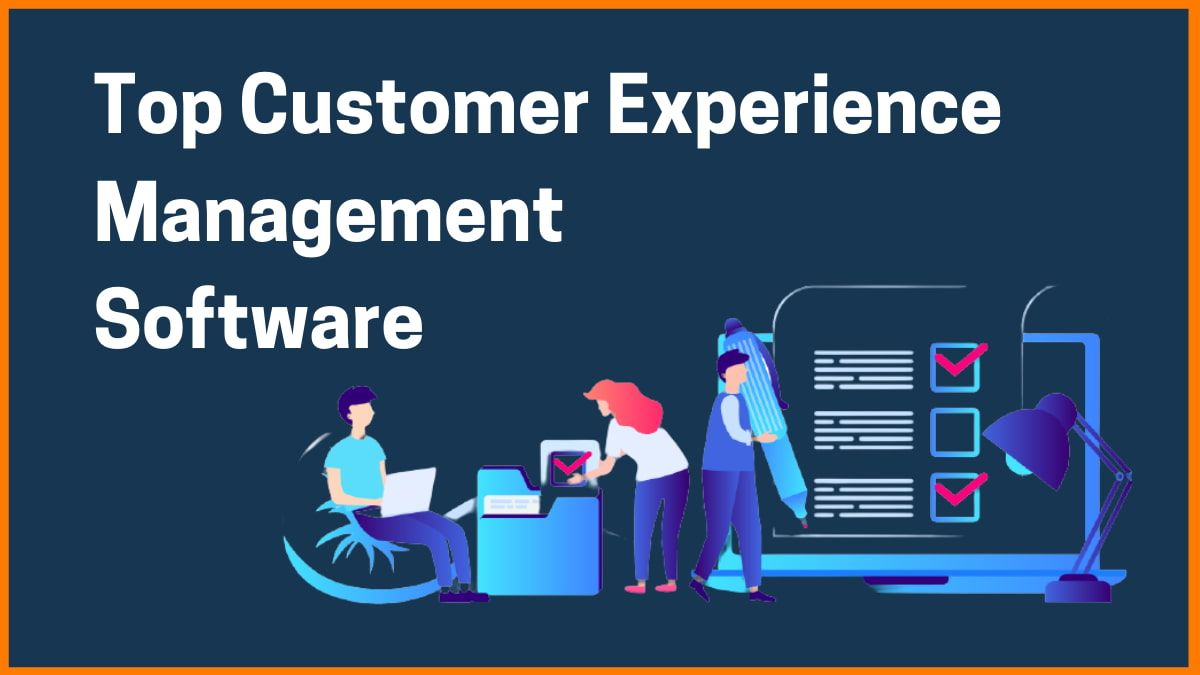Simplify the Employee Onboarding Process with these Tips
Employee Onboarding
Seldom do you come across a company that has an entirely optimized employee onboarding process. However, most companies have understood the importance of this and are gradually putting onboarding processes in place. However, if you are a business and are yet to get started with efficient employee onboarding, this article is for you.
What is Employee Onboarding?
Why is Efficient Onboarding Important?
How to Ensure the Efficient Onboarding of Employees?
Why should you go for an Employee Onboarding Software?
Employee Onboarding Software Features
Free Payroll Software
What is Employee Onboarding?
The term employee onboarding means different things for different companies. Some HR managers regard employee onboarding as nothing more than dealing with new hire paperwork. On the other hand, it could also refer to the period from the offer release to the point in time a new hire officially becomes a part of the company.
Why is Efficient Onboarding Important?
- Given how employee onboarding is the time the organization interacts with the employee for the first time since the first interview, it is essential to ensure an efficient onboarding process. Here's why this is important:
- An employee is likely to have and potentially spread negative notions about the organization should the onboarding process not go well.
- Additionally, a mediocre employee onboarding process can cause your employee to rethink joining your company.
- A productive employee onboarding process can do a lot to build comfort in your new hires, thereby allowing them to settle into their respective jobs without issues. They should also have no problem familiarizing themselves with your company and its regulations, and get along with the other team members.
- A productive and efficient onboarding process allows employees to understand what the company is all about. It serves as an orientation for anyone new to the company.

How to Ensure the Efficient Onboarding of Employees?
- Using an onboarding checklist can drastically simplify the process of effective employee onboarding. Here are the steps most companies follow:
- Start with a background check before you do anything else. It is your responsibility as a business owner to ensure your clients' and employees' safety.
- Put the new hire's schedule in place, let them know, and review it along with the job description and basics of the job. It is vital that you get the employee up to speed with the tasks for the first week.
- Aside from this, you also need to make sure the employee understands the responsibilities that come with the job. Ensure you send the employee an email that contains a clear explanation of the job description, obligations, duties, and so on. In addition to this, you may also have to answer some questions that the employee may have before joining.
- To save time, it is a good idea to fill up all the hire forms before the first day.
- Given how unsettled new hires can be on the first day, a team introduction and orientation can make it easy for them to get a feel of the company and how things work.
- Finally, make sure the employee's work environment is set up properly. This may including getting the workspace cleaned, fixing the equipment required, and so forth.
These steps should make it easy for you to optimize your employee onboarding process. However, if you are still unsure, you could benefit from an onboarding checklist template.

Why should you go for an Employee Onboarding Software?
An employee onboarding software allows employers to carry out seamless transitions for new hires. An employee onboarding software typically comes with a dashboard that enables teams to communicate with one another and seamlessly keep track of the progress made by every employee. Here's why you may need to use one:
- Paperwork happens to be one of those things that plague just about every HR team there is. HR teams might as well spend more time welcoming the employee and leave the paperwork to an employee onboarding software.
- An employee onboarding software can also help you send background checks on time, among other tasks.

Employee Onboarding Software Features
Here are some features of Employee onboarding software:
- Employee onboarding software can help streamline the process of employee documentation compliance. It can ensure your organization uses the most recent forms with crystal clear instructions so that your employees have no trouble filling them out.
- Employee onboarding software helps take care of the paperwork and saves you a lot of time. Employees can place all their documents in one place and transfer information from one form to the next.
- Using employee onboarding software, you can ensure that background checks are conducted and submitted on time with the click of a button. Additionally, this software also ensures your team gets automated updates once the new hire authorizes the background check as well as after the results are out.
Free Payroll Software
Free payroll software enables you to monitor employee deductions such as the workers' compensation, taxes, insurance, and so forth, as well as calculate business payroll. There are certain criteria that you should take into account before selecting the right free payroll software.
Price Point
You can avail payroll software that are entirely free, free for a specific number of employees, or those that are free for extended periods. Choose the one that best suits your needs.
Accessibility and Easy Usage
Ideally, they must be simple and straightforward for a non-account to use and input earnings and deductions. Some software are more on the complicated side.
Security
Excellent payroll software ensures the safety and security of your confidential banking and employee data.
FAQs
What is Employee Onboarding Process?
Employee Onboarding is the process of introducing new employees to the organization's environment and culture.
What are onboarding tools?
Onboarding tools are tools created for the purpose of improving the user onboarding process. They streamline, guide and introduce new users to your product and show them how to use it.
What are the four phases of onboarding?
The four phases are Onboarding, Initial Development, Ongoing Development and Retention, and Separation.

Must have tools for startups - Recommended by StartupTalky
- Convert Visitors into Leads- SeizeLead
- Website Builder SquareSpace
- Manage your business Smoothly Google Business Suite






